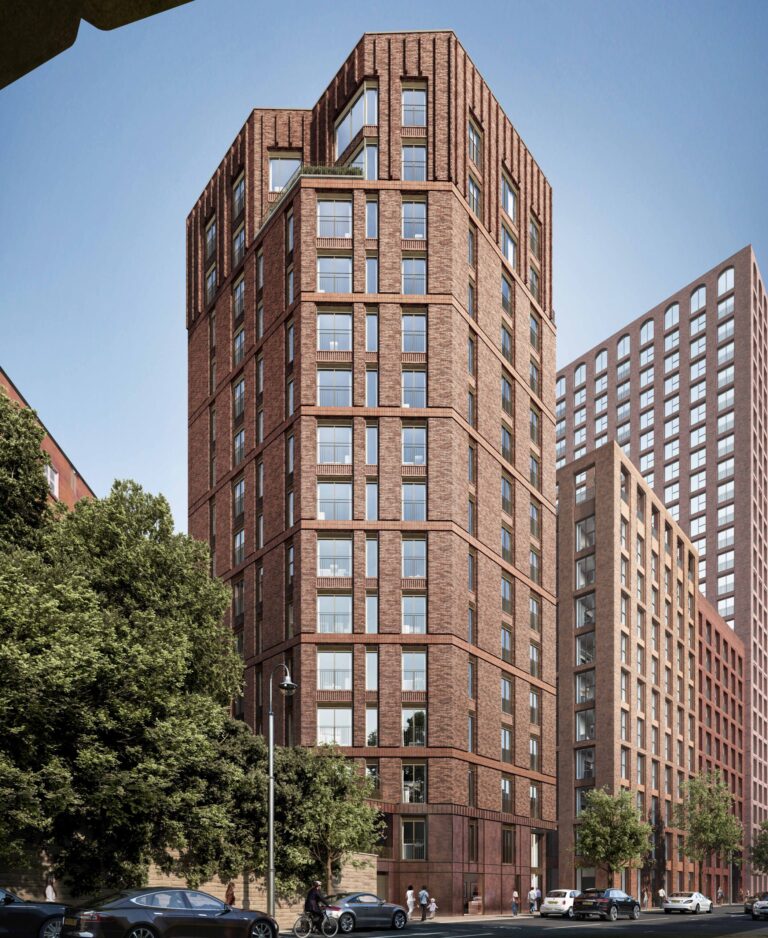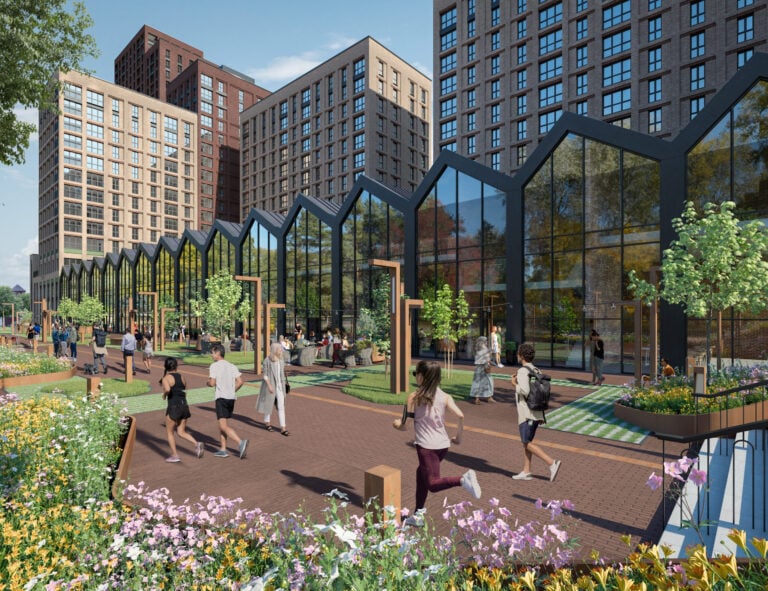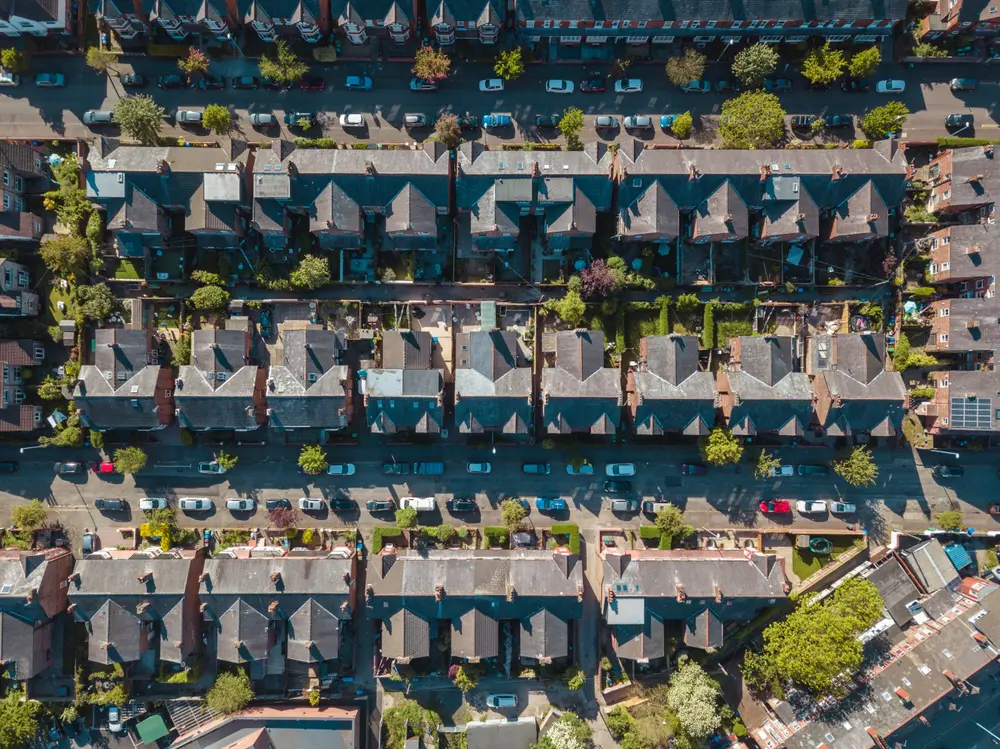With new stamp duty thresholds and rates now in force, the latest figures have revealed an exceptionally busy March as buyers rushed to complete.
The UK property market had a few months to prepare for the 1st April stamp duty deadlines which many argue has spurred the market on, with a final push during March now being revealed after lenders saw the highest levels of activity since September 2021.
Barclays bank says mortgage completions surged by 50% in March compared with February’s figures, with a 70% increase among first-time buyers. This came as a number of major lenders, including Barclays, had guaranteed buyers that they would complete all mortgage cases submitted by 25th March, in order to ensure the lower level of stamp duty would still apply.
Since 1st April, all home-mover purchases priced above £125,000 are subject to the tax, down from £250,000, while for first-time buyers the new threshold has reverted back to its previous level of £300,000, having been set at £425,000 since 2022.
It therefore came as no surprise that swathes of buyers rushed to complete their purchases ahead of the change, as for many the tax bill on buying a home will now be higher.
Jatin Patel, head of mortgages, savings and insurance at Barclays, said: “We experienced a blockbuster month for completions in March, as buyers raced to get ahead of the stamp duty deadline. Meanwhile, for existing homeowners and renters the shift in sentiment reflects the cautiousness felt across the economy as a whole, as consumers are concerned about rising bills and the prospect of global tariffs impacting their wallets.”
How could stamp duty change effect the market?
The new stamp duty thresholds and rates for anyone not buying their first home (ie. home movers) are as follows:
| Property or lease premium or transfer value | SDLT rate |
|---|---|
| Up to £125,000 | Zero |
| The next £125,000 (the portion from £125,001 to £250,000) | 2% |
| The next £675,000 (the portion from £250,001 to £925,000) | 5% |
| The next £575,000 (the portion from £925,001 to £1.5 million) | 10% |
| The remaining amount (the portion above £1.5 million) | 12% |
For first-time buyers, no stamp duty is due on the value up to £300,000. Between £300,001 and £500,000, the charge is 5% of the property’s value, while above this amount, no relief can be claimed.
For additional property buyers, including second homeowners and property investors or landlords, an additional 5% is due on top of the rates above. For overseas residents, an additional 2% surcharge is added to the rates.
Reactions from the industry regarding the stamp duty change were mixed, although the overall mood is that the new tax levels will ultimately be absorbed by the market with relatively little effect on prices or appetite – or any effects that are felt are expected to be short-term.
Mark Harris, chief executive of mortgage broker SPF Private Clients, said: “I suspect we will see part of the additional cost absorbed into house prices and form part of the negotiation process between vendors and buyers.
“It has certainly been very busy over the last couple of weeks ahead of the window closing.”
Meanwhile, Tom Bill, head of UK residential research at Knight Frank, commented: “We expect a dip in activity for a couple of months as the stamp duty clock effectively resets,’ said Bill.
“Some buyers are put off by a stamp duty cliff edge and will start looking again once the playing field has been re-levelled.
“When they do, they will find that supply is relatively robust and we anticipate downwards price pressure due to this imbalance but activity should recover by the end of the second quarter.”
Long-term resilience
The long-term outlook of the UK property market remains strong despite the stamp duty shift, with HM Land Registry figures showing price acceleration in February with a 5.4% annual rise, up from 4.8% in January.
Looking ahead to the end of 2025, Knight Frank has forecast 2.5% growth, while estate agent Savills has predicted a 4% increase in property prices. This data is skewed across the various regions of the country though, with the North West penned for the top level of price growth at around 5% for the year (Knight Frank), while prices in the East of England and the South West are forecast to increase by 2.5%.
Keep ahead of the latest UK property market news here.










